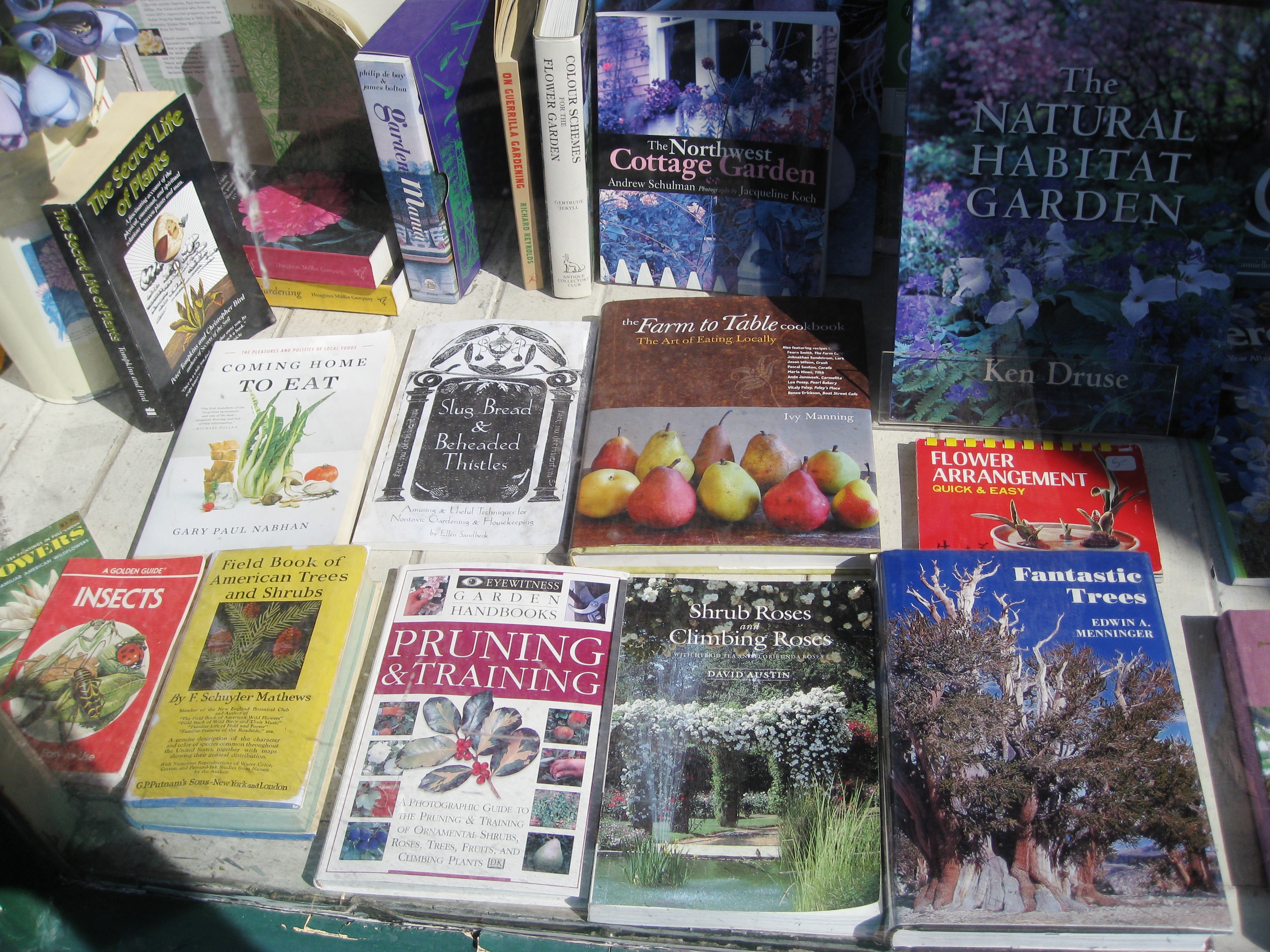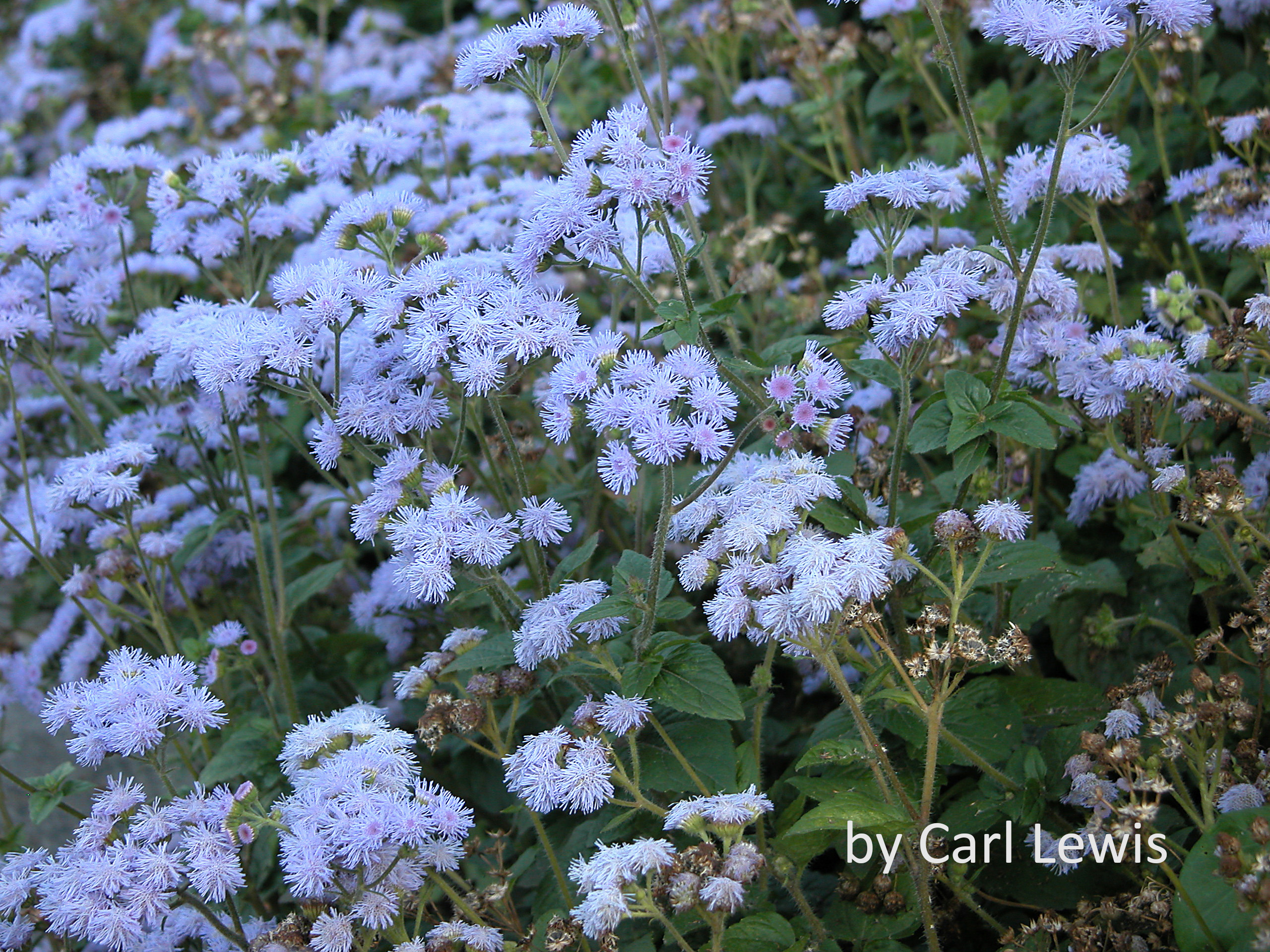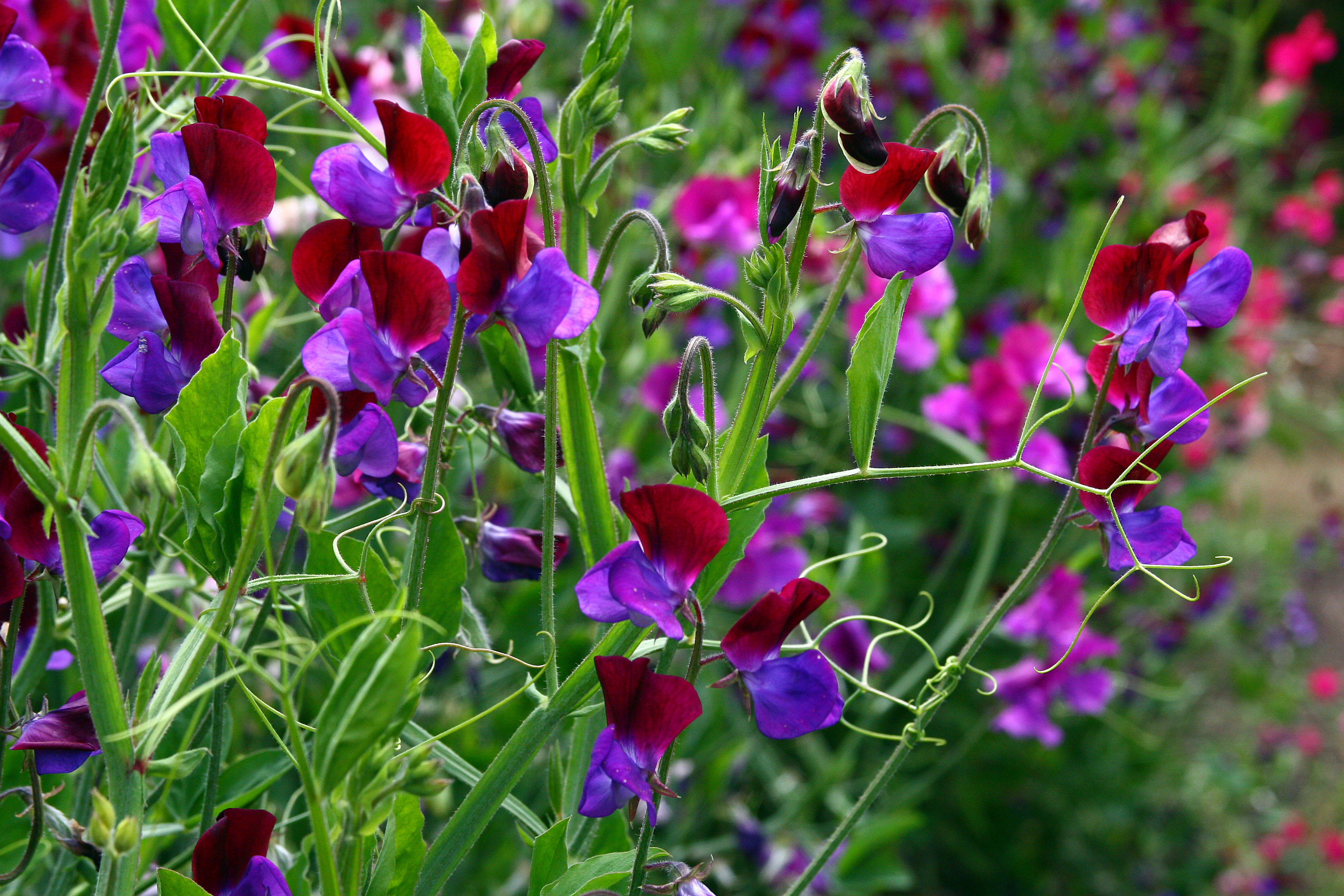The crocus, grape hyacinths, daffodils and tulips all bloomed at once this year, turning my yard into an absolute work of art. That is, until the grandkids decided they needed to pick bunches of pretty flowers for their mothers. Two and three-year-olds do not have a great grasp of how to cut flowers for a bouquet; within the blink of an eye my blooms were plundered….and I was left with nothing but decapitated stems. I was heartbroken.
After losing all of my early blooms, it occurred to me that this probably wasn’t an isolated incident and I have to admit it made me sad to imagine all of the potentially lost flowers. Little ones thrive on presenting bouquets of blooms to those they love and each fresh wave of flowers is a new opportunity to offer someone, even me, a treasured gift. On one hand, trying to squelch that joy by stopping them just for the sake of aesthetics seems a very un-grandmotherly like thing to do. On the other hand, walking among my garden beds gives me a sense of peace that nothing else does. It seems like being caught between a rock and a hard place.
Leafing through some old magazines, I found my solution — planting a pint-sized cutting garden. Cutting gardens, as the name implies, are planted for the sole purpose of having flowers to cut and enjoy. Historically, cutting gardens have been considered less attractive than borders and beds because of their shorn appearance and have been tucked away out of sight. One article I read even implied that letting your visitors see your cutting garden would be a blemish on your landscaping reputation.
More contemporary material had a somewhat different outlook. In recent years with landscaping becoming less formal in appearance, some of the reservations about cutting gardens have diminished. Instead of being relegated to a hidden corner of the yard, cutting gardens can now claim a place on the edge of the vegetable garden or sharing a sunny spot with the prize perennials.
When establishing a cutting garden, especially a small one, pre-planning is essential to success. First of all, determine the bed’s basics: location, size and shape. The vast majority of flowers suitable for bouquets require a minimum of six hours a day of direct sun each day so look for a sunny, well-drained location. Make sure that the garden will not be hampered by the root systems of nearby tree or shrubs which can compete for water and nutrients as well as make working the bed difficult. Avoid spaces that remain soggy after a watering or a rain shower.
The size and shape of the bed are interrelated elements. Both depend on how much space is available, how much maintenance you wish to do and how many flowers you will expect to cut over the course of the season. A larger sized bed can allow for more plants as well as for generous paths in between rows of flowers. A smaller bed will not produce quite as many flowers for cutting, but also may not need any space devoted to pathways if it can be easily worked from both sides. Most experts in flower production advise starting small and expanding a little each year.
Once the basics are decided, it is time to prepare the bed for planting. Work the soil until it is loose and weed free. Add plenty of organic matter (compost) to enrich the soil and to ensure both water retention and good drainage. Finally, incorporate a balanced, slow-release granular fertilizer to give your plants the nutrients they need to produce strong, healthy flowers throughout the growing season. If your flower production seems to decline later in the summer, liquid fertilizer can be applied.
Next, think through what varieties you would like to have available for your arrangements. As tempting as it is to want them all, be realistic, picking no more than five or six of your top choices for the first planting of the first year. (I’ve included a list of easy to grow annuals that are suitable for cutting at the end of the article) When choosing flowers, there are a few things to consider:
- What are the stems like? Will they be easy to work with?
- What colors will work well together? What do I like?
- What are their mature heights? Will I have a variation in size?
- What are their shapes and textures? Have I selected a variety to give interest to the arrangement?
- When is their bloom period? Do they bloom once or are they rebloomers?
- Have I selected varieties that will reach peak bloom at different times?
- How long do the blooms last when cut?
- Do I want filler plants (baby’s breath or foliage) for my arrangements?
- Do I want fragrance?
- Do I want annuals or perennials? (Smaller sized beds may do better with annuals because of their extended bloom season.)
When your final list is in hand but before you head to the garden center to purchase your plants (or seeds), sketch out a grid of your bed to determine how many plants of each type you will need and where they will lie. Since this is a cutting rather than display bed, plants can be placed closer together than their labels suggest. Most cutting gardens are designed with a 6 x 6, 9 x 9, 12 x 12 or 18 x 18 inch grid on center and are planted in rows or blocks for ease of care. It is wise to place varieties with similar growing requirements next to each and arrange varieties by height so that the taller plants don’t block the smaller ones.
Because the flowers are for cutting, worrying about a specific, overall design concept isn’t really necessary. With their profusion of shapes, sizes and colors, many cutting gardens become reminiscent of old-fashioned cottage gardens.

A well planned and planted cutting garden should require very little intense maintenance throughout the growing season. A layer of mulch between plants is beneficial for newly planted gardens, helping to control soil temperature and moisture levels. If you included pathways in your bed, make sure to mulch them as well to reduce weed growth and to slow down water evaporation.
The most important maintenance task however, is deadheading blooms, cutting back tired foliage and pulling dead plants. Removing faded flowers and cutting back weak foliage encourages a flush of new leaves and blossoms. Removing dead plants helps prevent diseases from spreading throughout the garden. It also frees up space to replant a different variety that will bloom throughout autumn, giving you choices for beautiful bouquets until the hard, fall frosts hit.
Including a cutting garden in the landscape, even if it can’t be hidden from daily view or from the sight of visitors, adds an important dimension to our lives. Having a place to freely cut freshly grown flowers gives us the opportunity to surround ourselves — and those we love — with the beauty and benefits of nature. That realization places a high value on each remaining stem.
Annual Plant Suggestions for Beginners
Ageratum (taller varieties)
Blue Salvia
Calendula
Celosia
Cosmos
Gomphrena
Marigolds
Nicotiana
Snapdragon
Sweet Peas
Zinnia

















